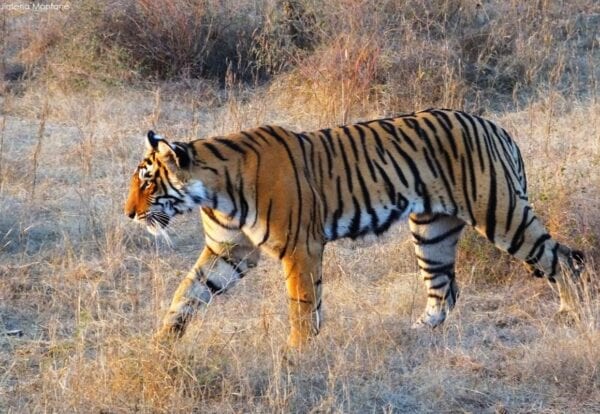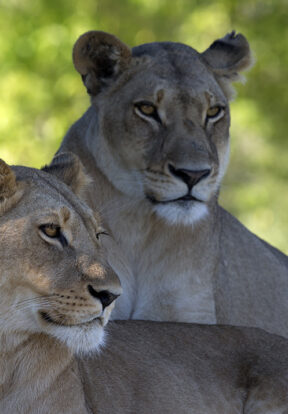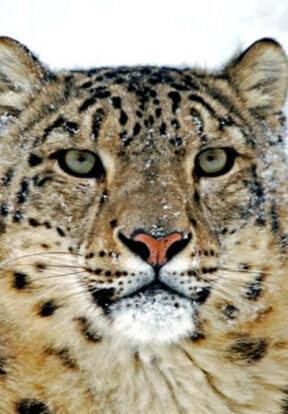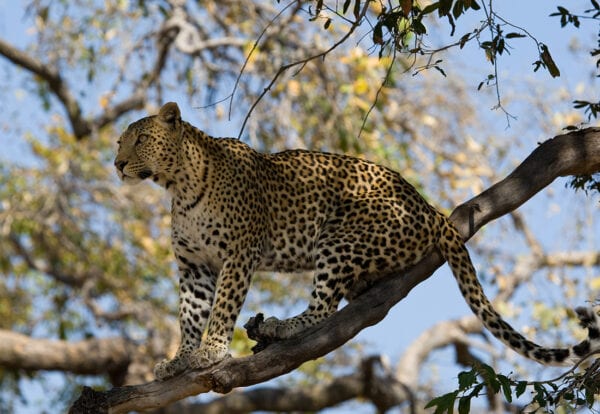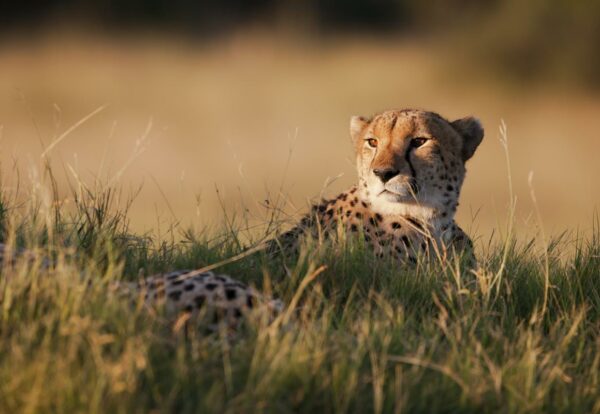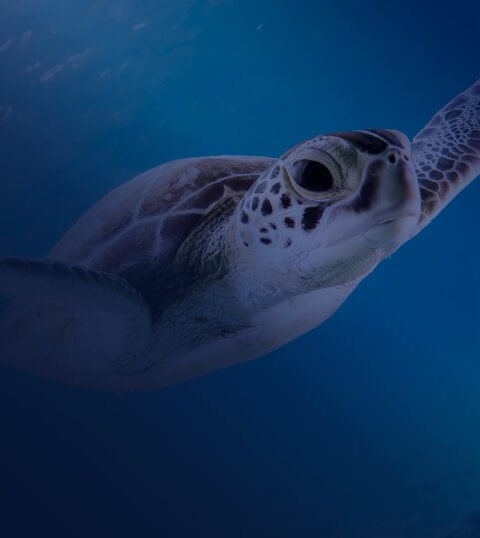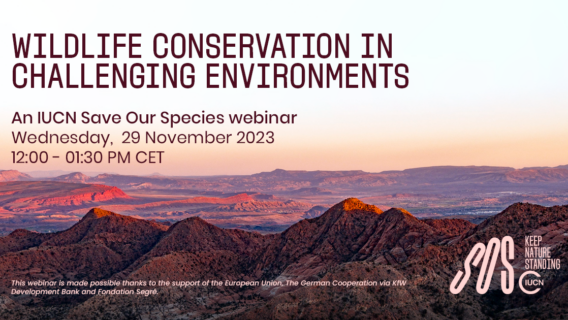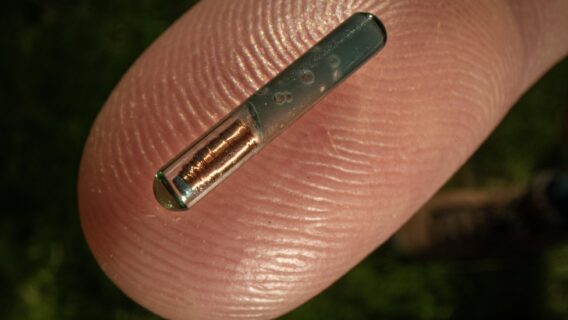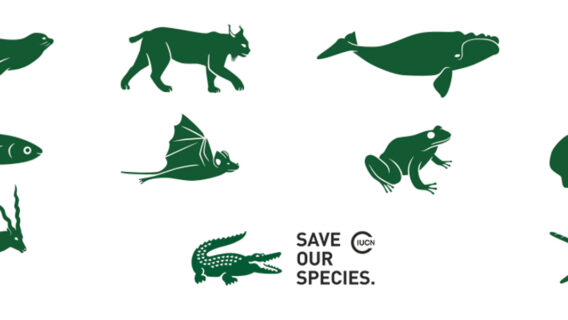Big Cat Conservation and the Web of Life
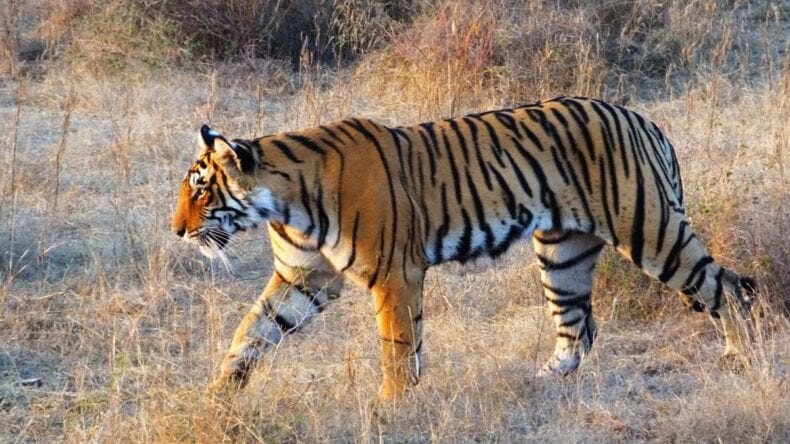
World Wildlife Day has become the most important global yearly event for wildlife conservation. This year’s theme is “Big cats: predators under threat”.
Big cats everywhere are at risk of extinction due to the loss and fragmentation of their habitats, poaching, illegal trade, prey depletion, and conflict with people. World Wildlife Day 2018 aims at raising awareness of the threats facing them and raising support for the initiatives taking place around the world for their conservation.
At IUCN Save Our Species, we are proud to support more and more integrated projects for the conservation of big cats and their habitats, for example tigers, snow leopards, lions, leopards and cheetahs.
Indeed conserving big cats is about more than saving individual species. As keystone species and apex predators, big cats are barometers for the wellbeing of entire ecosystems. Integrated approaches to conservation, such as the IUCN’s Integrated Tiger Habitat Conservation Programme, aim to preserve the cats along with their habitat, including prey species, competitors, and plants, as well as creating new, sustainable economic opportunities for local people.
There other big cat species such as jaguars, and pumas which are currently categorised as Near Threatened and Least Concern by the IUCN Red List of Threatened Species ™ respectively. Solutions that help ensure quality habitat, healthy populations of prey species – such as the Endangered Baird’s Tapir (Tapirus bairdii) – while benefiting communities will be key to helping prevent them sliding any further toward extinction.
Join us this #WorldWildlifeDay in recognising the role of these magnificent predators in our ecosystems and lives and support SOS growing the partnership through awareness on social media, keeping in touch via our newsletter or supporting us directly through a donation online.

